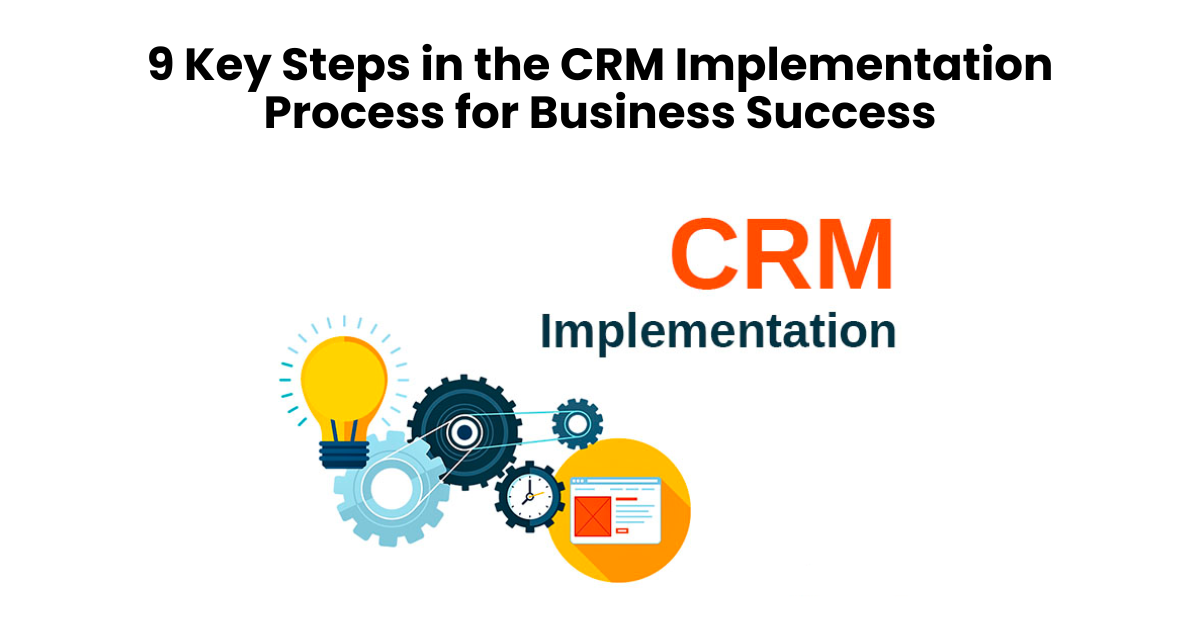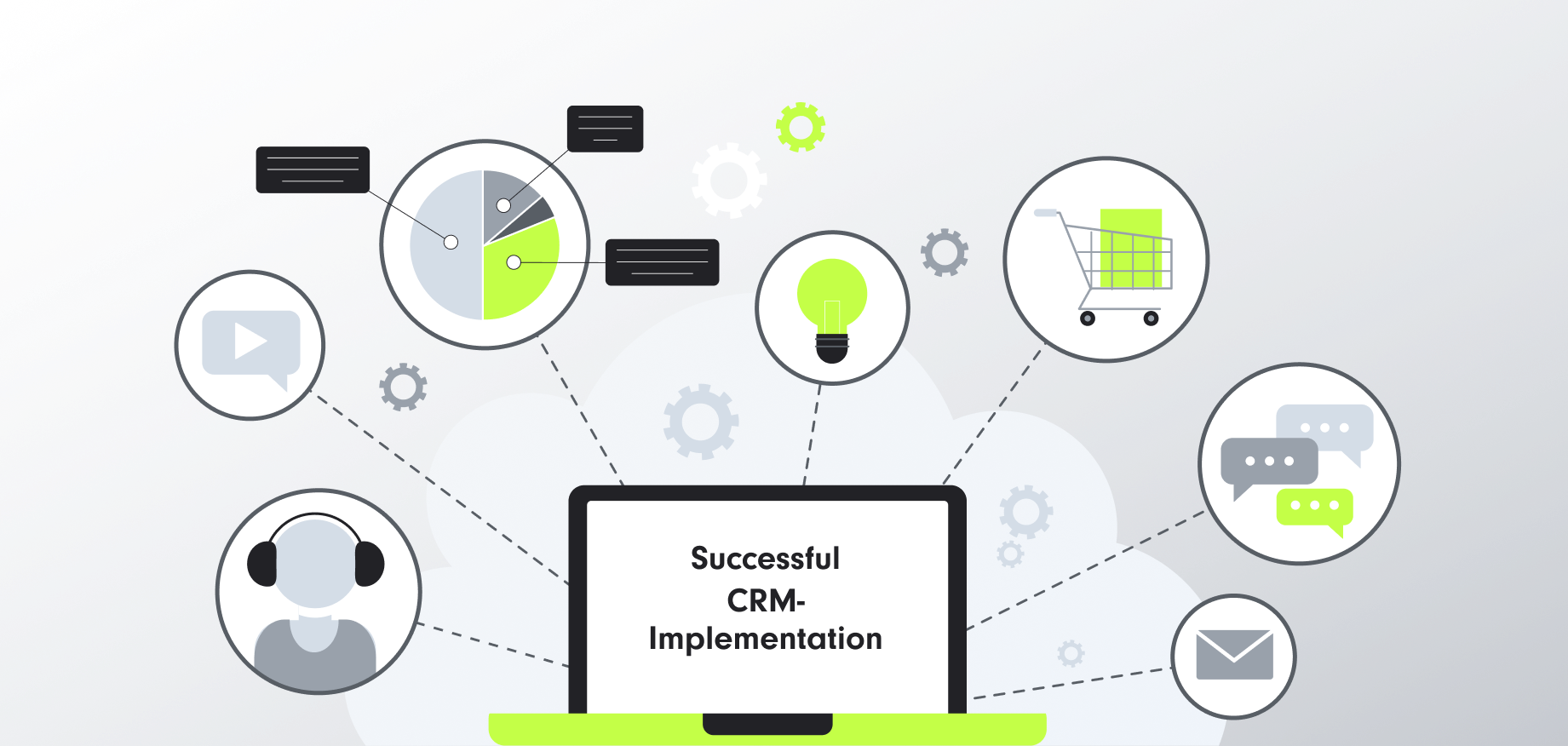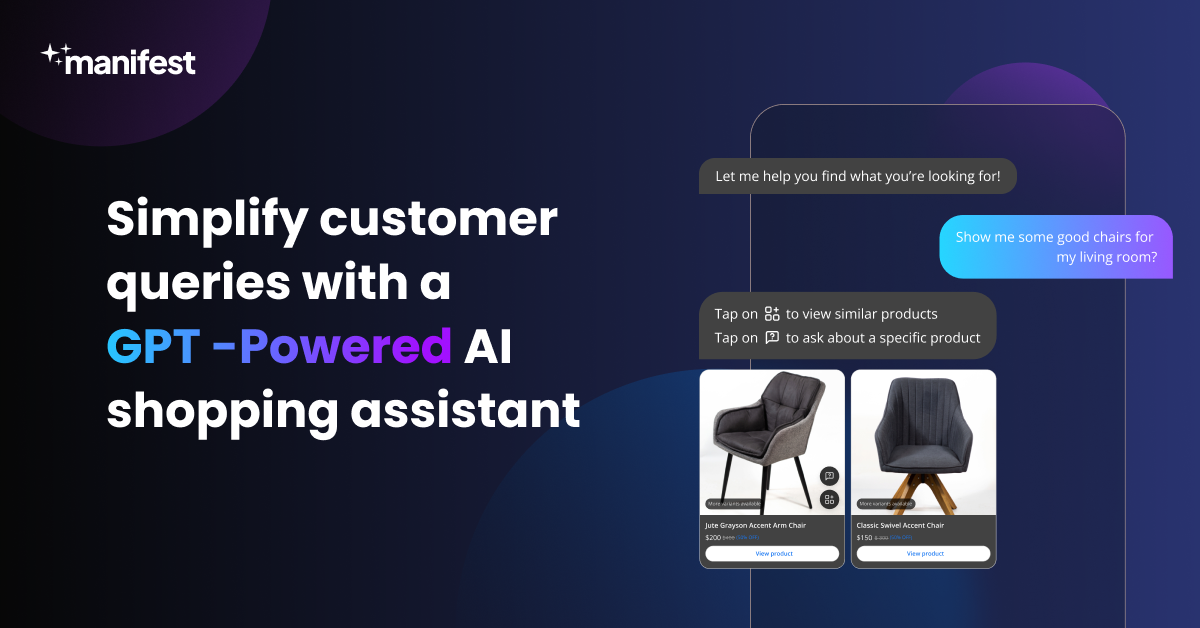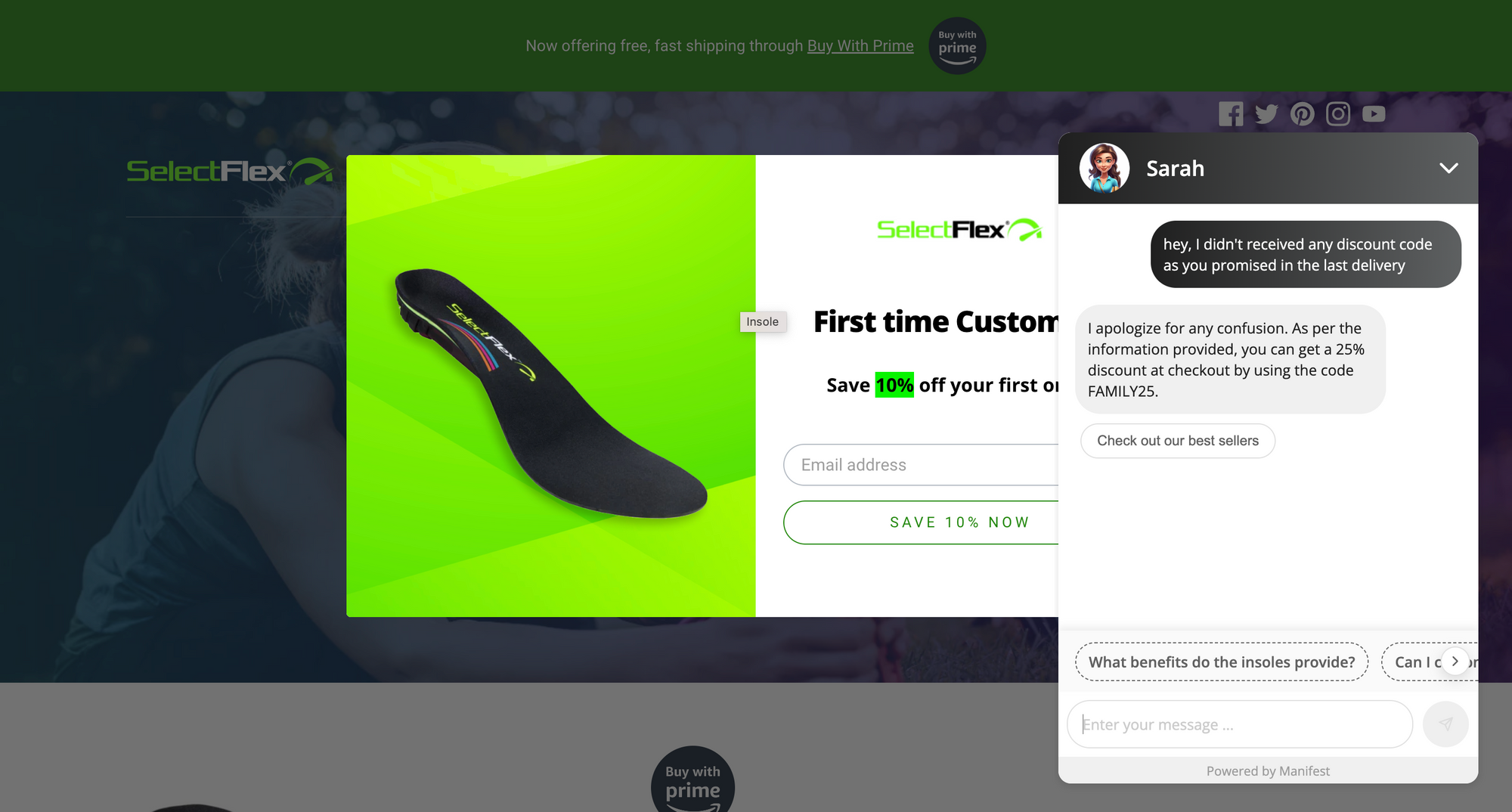9 Key Steps in the CRM Implementation Process for Business Success

In today's fiercely competitive business environment, the importance of effective customer relationship management (CRM) cannot be overstated. CRM implementation process is a strategic approach to enhance business performance and drive success. This blog will provide you with a detailed guide to ensure a smooth transition and maximize the potential benefits of this powerful tool.
What is the CRM Implementation Process?

The CRM software implementation process is a structured approach to integrating a Customer Relationship Management system into a company's operations. It begins with setting clear objectives and evaluating the specific needs of the business. This is followed by selecting a suitable CRM platform that aligns with the company's goals and customer management strategies. The next steps include configuring the system to fit the company's processes, importing and organizing existing customer data, and customizing features to match the users' requirements. Training is provided to ensure that all users are proficient in using the new system.
Finally, the CRM implementation process involves testing the system to iron out any issues before going live, followed by continuous monitoring and tweaking to ensure the CRM is functioning optimally and delivering the expected benefits, such as improved customer interactions and data management.
9 Steps for a Successful CRM Implementation Process
Implementing a CRM system is a strategic process that involves careful CRM planning steps and execution to align with a company’s customer relationship goals. Here’s a condensed guide to CRM implementation steps:
- Define Objectives: The first step in the customer relationship management implementation process is to sets the direction for the CRM initiative. Clearly articulated goals will guide the selection of features, the customization of the CRM, and the measurement of success post-implementation. Objectives may range from improving customer service response times to increasing the sales team's productivity or providing detailed analytics on customer interactions.
- Choose the Right CRM: The selection of the CRM system should be based on a thorough assessment of your business requirements. This includes understanding the size of your customer base, the complexity of your sales cycles, the level of customer service you aim to provide, and the specific insights you wish to gain from customer data. The chosen CRM should not only align with your current needs but also have the capacity to grow with your business.For instance, BIK CRM offers a suite of features that cater to various business requirements, making it a potential option for those seeking a blend of functionality and user-friendliness.
- CRM Implementation Plan: An effective rollout plan encompasses all the logistical details that ensure a smooth transition to the new system. This involves setting realistic timelines, assigning responsibilities to team members, outlining the data migration process, and scheduling training sessions. It's essential to communicate the plan to all stakeholders and prepare for contingencies.
- Cleanse Data: Data quality is foundational to CRM effectiveness. Start with auditing your existing data for inaccuracies, duplicates, and outdated information. Cleaning data before migration prevents transferring errors into the new system and ensures you're working with the most reliable data set.
- Customize and Configure: Customizing the CRM involves tweaking the system to fit your specific business operations. This could mean creating custom fields that track unique customer data points, setting up workflows that mirror your sales processes, or designing reports that provide the key metrics your business requires. Configuration ensures the CRM works for you, not the other way around.
- Test the System: Testing is an essential phase where you simulate various scenarios to ensure the CRM performs as expected. Functional testing checks if all features work correctly, while user acceptance testing evaluates the CRM from the users' perspective. Any issues discovered during testing can be addressed before the system goes live.
- Train Your Team: Effective training equips your team with the necessary skills and confidence to use the CRM. Training should be comprehensive, covering daily tasks within the CRM, how to interpret CRM data, and best practices for data entry and management. It should also provide an avenue for feedback on the CRM's usability.
- Go Live and Monitor: Once the CRM goes live, it's important to monitor system performance and user engagement actively. Early detection of issues and gathering user feedback can help fine-tune the system. Monitoring also includes ensuring data is being entered consistently and correctly.
- Review and Improve: The final step is an ongoing one, where you continually assess the CRM's impact on your business objectives. Regular reviews can reveal new needs or insights that can be used to further refine CRM usage. This continuous improvement cycle ensures that the CRM remains an effective tool for your business.
AI Powered CRM for your Store

Implementing an AI-powered CRM like Manifest AI can transform the way a store interacts with its customers and manages its sales processes. Here are some ways Manifest AI can enhance a CRM system for a store:
- AI-Powered Lead Generation: By identifying and targeting potential customers, it helps in expanding the customer base effectively.
- Sales Automation: Automates routine tasks like sending follow-up emails and creating quotes, increasing operational efficiency.
- Enhanced Customer Support: Tracks customer interactions to resolve issues swiftly, improving overall customer satisfaction.
- Personalized Product Recommendations: Suggests products to customers based on their browsing and purchase history, which can lead to increased sales.
- Automated Order Placement: Facilitates direct order placement from the chat interface, streamlining the buying process.
- Multilingual Customer Support: Offers real-time customer support in over 95 languages, broadening the reach to a diverse customer base.
- Reporting and Analytics: Provides valuable insights into live chat performance and areas for improvement, helping to refine sales and support strategies.
How to Implement Manifest AI CRM on your Store?

To implement Manifest AI CRM on your store, the process is straightforward and user-friendly:
- Install the App: Begin by installing the Manifest AI app. This can be done directly from the Manifest website or through the Shopify store, offering flexibility and ease of access.
- Customize Your Shopping Assistant: Once installed, you have the option to customize your shopping assistant according to your specific requirements. This customization is key to ensuring that the AI aligns with your brand's tone and customer engagement strategy.
- Test Your AI Chatbot: Before going live, it's important to test the AI chatbot to ensure it functions as intended and provides the desired customer interaction experience.
- Publish in One Click: After testing and ensuring everything is set up correctly, you can publish your AI assistant with just a single click, simplifying the CRM implementation process and making it efficient for store owners.
Conclusion
In conclusion, the successful implementation of a CRM system is a strategic process crucial for enhancing customer relationships and driving business efficiency. Following these nine key steps, from defining clear objectives to continuously reviewing and improving the system, ensures a thorough and effective CRM deployment. Each step, executed with careful planning and consideration, helps in aligning the CRM's capabilities with the business's unique needs, ultimately fostering better customer engagement, streamlined processes, and data-driven decision-making. The journey, though intricate, paves the way for a more organized, customer-centric, and resilient business model.
FAQs
Here are some frequently asked questions related to CRM implementation process:
What should a business do before putting a crm program in place?
Before implementing a CRM program, a business should clearly define its objectives, assess its current customer management processes, and ensure the CRM aligns with its overall business strategy. Additionally, it's vital to clean and organize existing customer data for seamless integration into the new system.
How is CRM system implemented?
A CRM system is implemented by first defining specific business goals, then selecting a CRM that fits these needs. The process involves planning, data migration, system customization, testing, team training, and finally, launching and continuously reviewing the system's performance.

.png)
